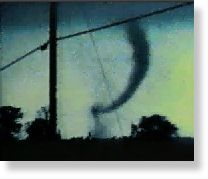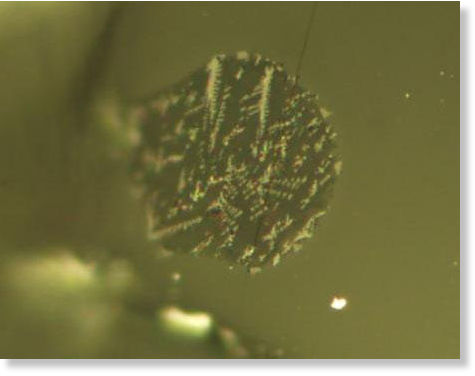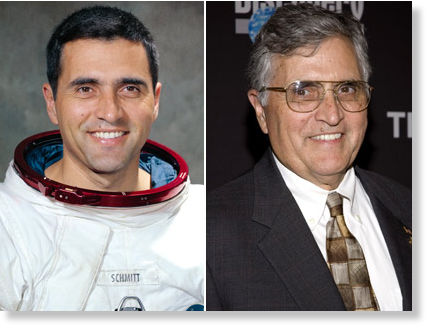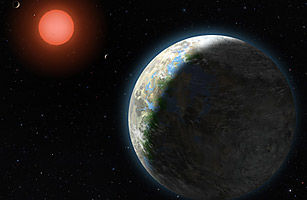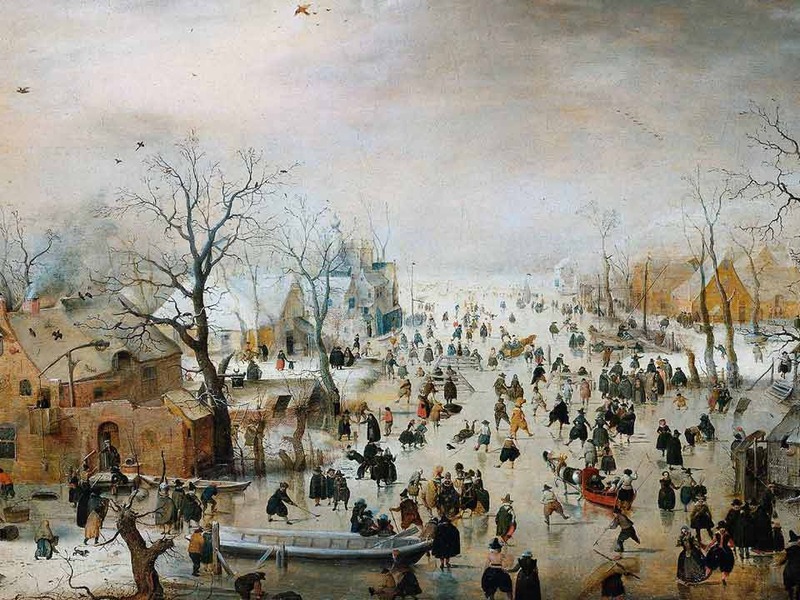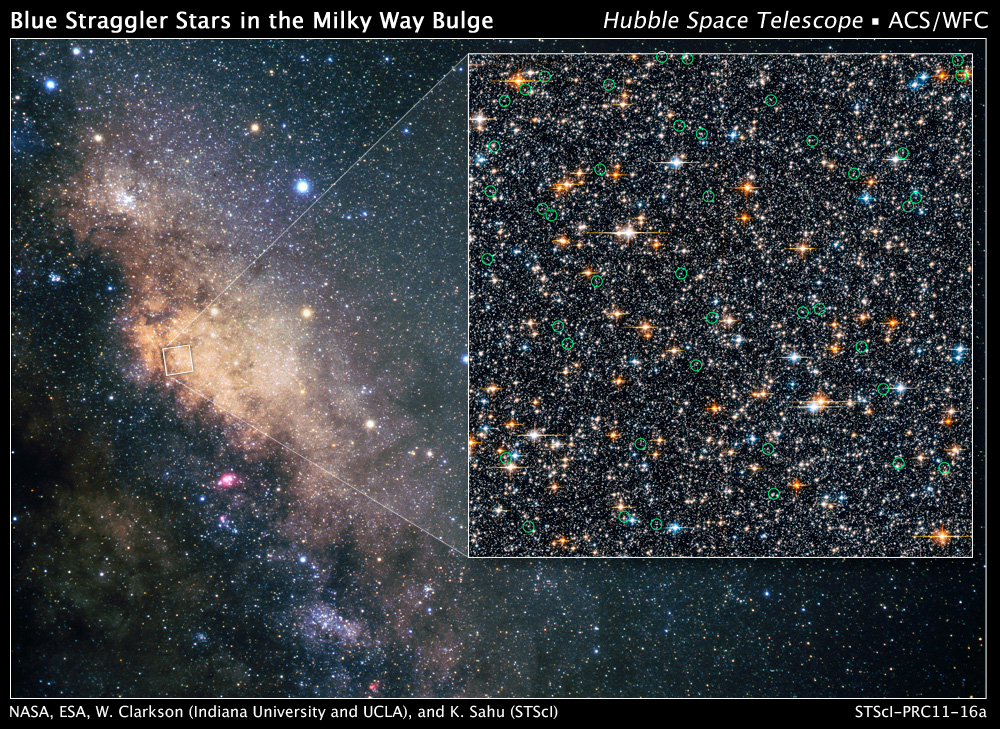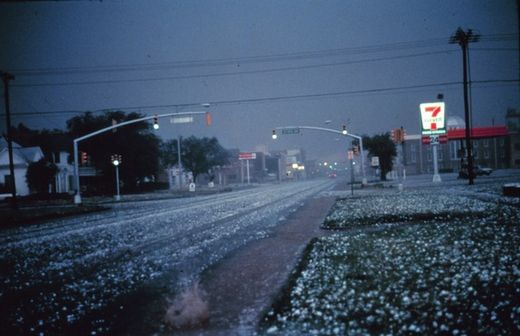Comment: Please note that due to the age of the article many of the videos originally linked to are now missing from the web.
There are many conventional theories that seek to explain the development of a tornado. Without exception they cannot explain the complex internal structure and energy flows in a simple and logical manner.
Tornados show a remarkably complex coherent structure, and the existence of rope like tornadoes, tornadoes that kink and reform, and the nature of the ejection zone at the tornado base all require, and can be simply explained if air with or without particles can be shown to exist in a form that has both shear and tensile strength.
The charged sheath vortex theory can explain the formation of the tornado in a very simple and elegant way. It predicts the complex physical structure and electrical properties of the tornado. It explains the simple basis for many tornado 'anomalies' and also makes predictions about the structure of the tornado that may not yet have been observed.
A vortex is produced by a spinning mass of air (or other gas or dust cloud), but there are two different types of vortex in the air circulation that we call a tornado with very distinct properties.
